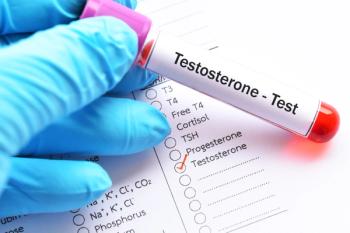
Study: Age, Education, and Income All Associated With Time to Diagnosis With Early RA
A new study, published in The Korean Journal of Internal Medicine, sought to identify the factors associated with time to diagnosis of early RA after the onset of symptoms, and found that older age, higher educational level, higher income, and small joint involvement were all positive factors for early diagnosis of RA.
Early diagnosis and treatment can lead to better outcomes for patients with rheumatoid arthritis (RA). A new
The study, conducted in Korean patients over 18 years of age who satisfied the American College of Rheumatology’s classification criteria for RA and who had a disease duration of 1 year or less were recruited for participation in the study across 23 centers in the Republic of Korea. In total, 714 patients with early RA were included in the analysis; 56% (n = 401) were classified as having been diagnosed early, and 44% (n = 313) were classified as having been diagnosed late.
Patients in the study completed an initial questionnaire that established their demographic profile, socioeconomic status, and disease-specific outcome. Data collected included age at symptom onset, disease duration, and inflammatory markers as well as family type, income and educational level, and comorbidities.
The researchers found that an older age at symptom onset (odds ratio [OR], 1.03; 95% CI, 1.02-1.05), a higher level of education (OR, 1.68; 95% CI, 1.14-2.47), a higher income level (OR, 1.48; 95% CI, 1.05-2.08) and initial small joint involvement (OR, 1.42; 95% CI, 1.02-1.98) were associated with early diagnosis in patients with early RA.
The researchers further divided the patients into 2 groups: patients who were older (aged 60 or over) at the onset of RA or younger (aged younger than 60). In the younger-onset group, an older age at symptom onset (OR, 1.03; 95% CI, 1.01-1.05), a higher level of education (OR, 1.66; 95% CI, 1.07-2.58) and higher income (OR, 1.47; 95% CI, 1.01-2.15) were predictive factors for early diagnosis, but there were no predictive factors identified in the older onset group.
The authors concluded that, even in the Republic of Korea, which had good access to healthcare, delays are present in the diagnosis of RA, especially for patients with low education, a young age, or involvement of a large joint.
Newsletter
Stay ahead of policy, cost, and value—subscribe to AJMC for expert insights at the intersection of clinical care and health economics.















































